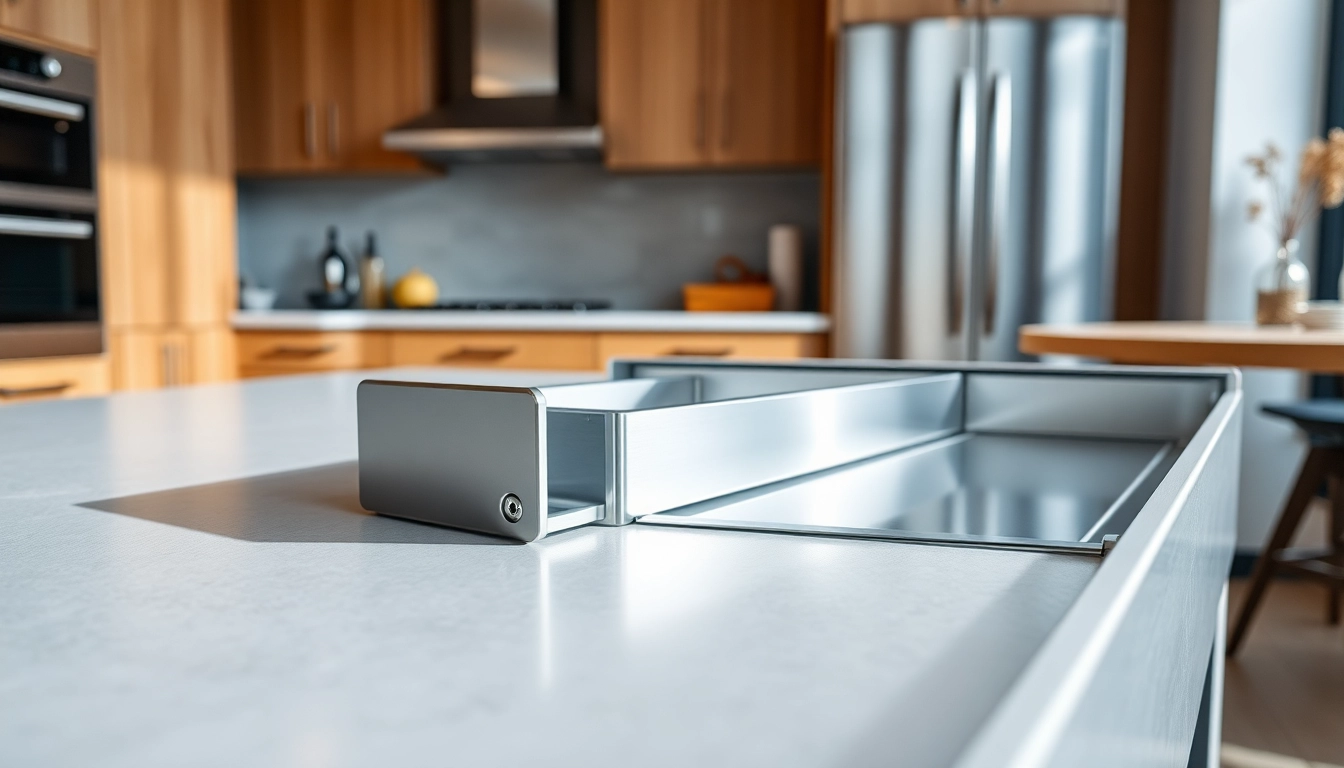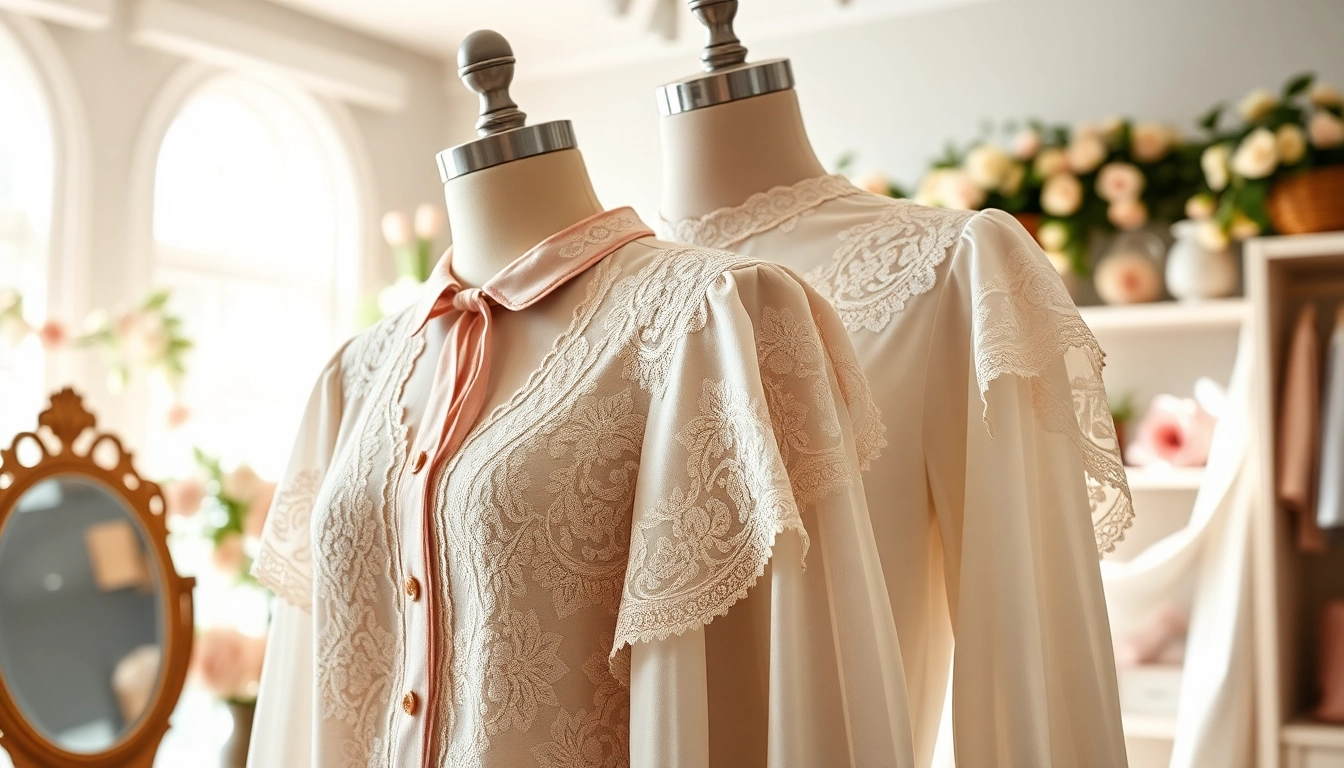Enhancing Your Space with a Versatile Metal Drawer System
Introduction to Metal Drawer Systems
In a world where functionality meets aesthetics, Metal Drawer Systems stand out as a pivotal element in modern design. They serve not just as mere storage solutions, but as integral components to the overall structure and visual appeal of various setups, from residential kitchens to commercial office spaces. These systems have gained popularity owing to their adaptability, durability, and efficiency in space utilization.
The Importance of Metal Drawer Systems in Modern Design
Metal drawer systems embody the fusion of utility and design. These systems are engineered for strength and durability, often outlasting their wooden or plastic counterparts. In modern interior design, where every inch of space counts, metal drawers offer not only superior weight capacity but also a sleek, contemporary aesthetic that appeals to both homeowners and designers alike. They can be found in a variety of environments, from luxury kitchens to compact urban apartments, emphasizing their versatility and functional integrity.
Key Features of a High-Quality Metal Drawer System
High-quality metal drawer systems come equipped with several distinct features that enhance their usability and durability:
- Load Capacity: Many metal drawer systems can support significantly heavier loads compared to traditional wooden drawers, making them ideal for storage in garages, workshops, and kitchens.
- Finish Options: Available in various finishes such as powder-coated, chrome, or stainless steel, these drawers can integrate seamlessly into different design aesthetics.
- Soft-Close Mechanisms: Many modern metal drawer systems include soft-close technology, reducing noise and preventing wear and tear over time.
- Customization: Ease of customization allows users to select sizes and configurations that fit their specific storage needs.
Common Uses and Applications for Metal Drawer Systems
Metal drawer systems are highly versatile and can be utilized in numerous applications:
- In kitchens, they provide efficient storage for utensils, cookware, and pantry items.
- In offices, metal drawers help organize documents, supplies, and personal items.
- In workshops or garages, these systems can withstand heavy tools, equipment, and materials.
- In retail setups, metal drawers serve to organize merchandise or promotional materials, enhancing both function and display.
Types of Metal Drawer Systems
Overview of Different Metal Drawer Systems
Understanding the various types of metal drawer systems can help in selecting the most appropriate one for your needs. They primarily fall into two categories: undermount and side-mounted systems.
- Undermount Systems: These are concealed drawer slides that are mounted underneath the drawer box. They provide a clean, modern look while offering excellent stability and functionality. Undermount systems often feature soft-close technology, ensuring that drawers close seamlessly.
- Side-Mounted Systems: These drawers utilize rails on the sides, making them easier to install and adjust. They are typically more cost-effective and are available in various designs for heavier loads, catering to user-specific requirements.
Comparing Features: Undermount vs. Side-Mounted Systems
While both undermount and side-mounted systems offer distinct advantages, the choice largely depends on the user’s needs:
- Aesthetics: Undermount systems provide a sleeker appearance, hidden from view, while side-mounted systems are more noticeable, which may influence the design choice.
- Installation: Side-mounted systems tend to be easier to install, making them a preferred choice for DIY enthusiasts.
- Weight Capacity: Side-mounted systems generally can handle heavier loads, which is crucial for workshops or heavy-duty applications.
How to Choose the Right Metal Drawer System for Your Needs
Choosing the right metal drawer system involves assessing several factors:
- Purpose: Determine what will be stored in the drawer. For heavy tools, opt for robust side-mounted systems. For kitchen uses, consider an undermount option.
- Space Constraints: Evaluate the dimensions of the space and select a system that fits within those parameters while maximizing storage potential.
- Budget: Metal drawer systems vary significantly in price. Establish a budget and explore options that meet both your needs and financial constraints.
Installation and Maintenance Tips
Step-by-Step Guide to Installing a Metal Drawer System
The installation process for metal drawer systems can be straightforward if you follow these essential steps:
- Gather Your Tools: You will need a drill, screws, a level, and a measuring tape. Ensure you have the complete installation kit for your chosen drawer system.
- Measure and Mark: Use the measuring tape to determine where the drawer will sit. Mark the location for the side rails or the undermount brackets.
- Attach the Slides: For side-mounted systems, attach the side rails to the drawer and then to the cabinet. For undermount systems, secure the brackets to the drawer box and adjust them as necessary.
- Insert the Drawer: Once the slides are installed, carefully insert the drawer into the cabinet, ensuring it glides smoothly.
- Test the Functionality: Open and close the drawer several times to ensure it operates correctly. Make adjustments as necessary for alignment issues.
Common Challenges and Solutions During Installation
While the installation process is generally straightforward, several challenges may arise:
- Alignment Issues: If the drawer does not sit properly, check the vertical and horizontal alignment of the slides. Adjust as needed.
- Weight Distribution: Ensure that the load within the drawer is evenly distributed. Overloading one side can cause the drawer to malfunction.
- Hardware Quality: Use high-quality hardware for installation to prevent issues down the line, such as sagging or breakage of the metal components.
Maintenance Tips for Longevity and Performance
To extend the life and functionality of your metal drawer systems, consider the following maintenance tips:
- Regular Cleaning: Periodically clean the sliders and surfaces to prevent dust and grime build-up, which could affect functionality.
- Lubrication: Apply a silicone-based lubricant to the slides to keep them functioning smoothly.
- Inspect for Wear: Regularly check for any signs of wear or damage, particularly on load-bearing components, and replace them as necessary.
Benefits of Metal Drawer Systems
Why Opt for Metal Over Wood or Plastic?
Choosing metal drawer systems over wood or plastic comes with several advantages:
- Durability: Metal is inherently more durable than wood or plastic, leading to longer-lasting performance, particularly in high-use environments.
- Moisture Resistance: Metal does not warp or swell in humid conditions, making it ideal for kitchens and bathrooms.
- Health and Safety: Metal materials are typically free from volatile organic compounds (VOCs), making them safer for indoor use.
Enhancing Storage Efficiency with Metal Drawer Systems
Metal drawer systems optimize storage by allowing for precise organization:
- Modular Solutions: Many metal systems offer modular designs, allowing for expansion and customization based on changing needs.
- Visibility and Access: The robust build allows drawers to open fully, providing easy access to items stored within and maximizing space.
The Role of Metal Drawer Systems in Sustainable Design
In recent years, the focus on sustainability has grown, and metal drawer systems can play a significant role in this movement:
- Recyclability: Metal is widely recyclable compared to wood or plastic, minimizing environmental impact.
- Longevity: Their durability means that metal drawer systems have a longer life cycle, reducing the need for replacements and waste.
- Energy Efficiency: Metal drawer systems can often integrate better insulation in kitchen or office installations, contributing to overall energy efficiency.
Trends and Innovations in Drawer Systems
Latest Technologies in Metal Drawer Systems
Innovation is a driving force in the development of metal drawer systems. Key trends include:
- Smart Drawer Solutions: Integration with smart home systems allows for automated functions, including locking mechanisms and self-closing capabilities.
- Advanced Materials: New, lighter metals are being used to enhance durability without compromising on weight capacity and ease of use.
- Enhanced Mechanisms: Technologies such as push-to-open systems are gaining traction, offering users a streamlined aesthetic.
Design Trends: Customization and Aesthetics
Design aesthetics are continually evolving, leading to more customization options in metal drawer systems. User demand for personalization has resulted in varied finishes, designs, and configurations:
- Color Options: Metal systems are no longer just silver or gray; they are now available in a myriad of colors to match interior designs.
- Hybrid Material Use: Combinations of metal with wood or glass elements create visually striking draw designs.
Future Outlook: Where are Drawer Systems Heading?
Looking to the future, metal drawer systems are poised for significant advancement:
- Increased Automation: More systems will integrate with smart technology, accommodating the rise of smart homes.
- Focus on Ergonomics: Designs will likely evolve to prioritize user comfort and ease of access, minimizing strain during use.
- Environmental Considerations: The trend of sustainability will continue, with manufacturers emphasizing recycled materials and eco-friendly practices.









Post Comment